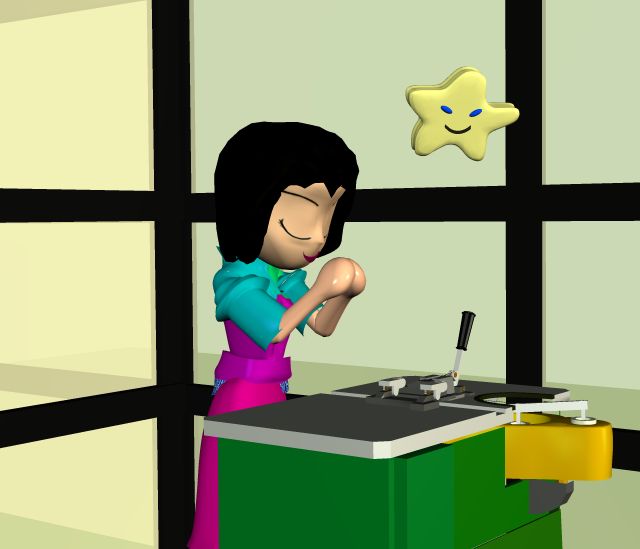Monday, September 05, 2016
Jikji = Ludlow?
KBS mentioned a festival connected to Jikji, the oldest book printed with movable type. I'd never heard of this before; I knew that woodblock printing was common in the Orient long before Gutenberg, but not movable metal type.
Online info on Jikji is vague and sparse. This article seems to be the best, but still not satisfying. In short, Jikji is a compendium of Buddhist thought, more or less a 'bible'. Printed in 1377, three generations before Gutenberg. Some articles indicate that the practice was already 100 years old, which makes sense; the technology looks sophisticated.
Best part: At least one of the actual FORMS is preserved. Maybe more, though again info is vague. The linked article shows a museum worker pulling a proof on the actual form, with delighted kids watching.
Can't find any detailed discussion of the technology itself. To my old hand-set eyes it looks like Ludlow or Linotype work. The form is built from lines of characters, not from individual characters. Each slug seems to be precisely 'justified'. It would be hard to achieve that kind of precision with direct carving. The process obviously wouldn't resemble the modern machines, but may involve clamping a line of ideogram matrices, then casting the whole slug at once.
 Polistra in period garb salutes the 1377 Ludlow.
Later: This Korean video shows a very brief but clear enough picture of how the actual technology worked. It wasn't Ludlovian; it was individual type blocks set between vertical spacers. That accounts for the precision. Aw poop. More fun my way.
Polistra in period garb salutes the 1377 Ludlow.
Later: This Korean video shows a very brief but clear enough picture of how the actual technology worked. It wasn't Ludlovian; it was individual type blocks set between vertical spacers. That accounts for the precision. Aw poop. More fun my way.
 Polistra in period garb salutes the 1377 Ludlow.
Later: This Korean video shows a very brief but clear enough picture of how the actual technology worked. It wasn't Ludlovian; it was individual type blocks set between vertical spacers. That accounts for the precision. Aw poop. More fun my way.
Polistra in period garb salutes the 1377 Ludlow.
Later: This Korean video shows a very brief but clear enough picture of how the actual technology worked. It wasn't Ludlovian; it was individual type blocks set between vertical spacers. That accounts for the precision. Aw poop. More fun my way.Labels: Experiential education, skill-estate
